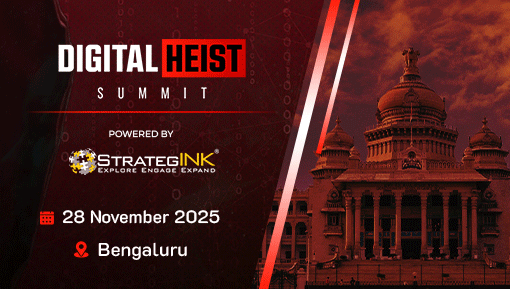
Introduction
The rapid adoption of IoT-enabled automation in industrial sectors has revolutionized efficiency, but it has also introduced significant security risks. A prime example is the Food & Beverage (F&B) industry, where IoT-driven fermentation and bottling systems streamline operations. Ho0wever, a single security lapse can lead to severe disruptions, as demonstrated by the following scenario.
Technical Breakdown: Anatomy of an IoT Breach
Imagine aAn F&B facility leveraging IoT sensors and automated control systems suffersed a major operational disruption when attackers exploited an exposed port on a misconfigured IoT gateway. Gaining unauthorized access, they manipulated temperature settings critical to fermentation, leading to batch spoilage, halted production, and significant financial losses. Investigations revealed that the breach stemmed from default credentials and insufficient network segmentation, underscoring vulnerabilities that many industrial setups overlook.
Challenges in Securing Industrial IoT
Industrial IoT devices, unlike traditional IT infrastructure, often lack robust security configurations by default. Their integration into production lines makes downtime mitigation crucial, as any interruption directly affects inventory, distribution timelines, and ultimately, business continuity. This challenge intensifies during peak seasonal demand, where delays can translate into lost revenue and damaged brand reputation.
Best Practices for Securing Industrial IoT
To mitigate the risks associated with unauthorized IoT access, organizations must adopt a multi-layered security approach:
1. Secure Configuration & Access Controls:
- Change default credentials before deployment.
- Implement strong authentication mechanisms, such as multi-factor authentication (MFA) and role-based access control (RBAC).
2. Network Segmentation & Zero Trust Architecture:
- Isolate IoT networks from critical enterprise systems.
- Adopt a Zero Trust model to ensure the least privilege access for every device and user.
3. Regular Vulnerability Assessments & Patch Management:
- Conduct periodic security audits of IoT infrastructure.
- Apply firmware updates and security patches promptly to mitigate emerging threats.
4. Encrypted Communication & Secure APIs:
- Ensure IoT device communication is encrypted to prevent man-in-the-middle (MITM) attacks.
- Secure API endpoints to prevent unauthorized data manipulation.
- Ensure all device communications are encrypted to prevent unauthorized tampering.
5. Continuous Monitoring & Anomaly Detection:
- Deploy AI-driven security solutions to monitor network traffic for unusual activity.
- Establish automated alerts for potential intrusions or unauthorized access attempts.
6. Hardware & Firmware Security Hardening:
- Regularly update device firmware and disable unnecessary ports.
7. Incident Response Strategy:
- Develop a comprehensive response plan for IoT-related breaches.
Building a Resilient Future
Organizations must recognize that IoT security is not a one-time effort but an ongoing commitment. Implementing proactive defense measures, educating employees, and enforcing security best practices can significantly reduce the risk of operational disruptions. By addressing vulnerabilities at their root and adopting a strategic security framework, businesses can harness the full potential of IoT without compromising resilience.
Conclusion
Securing industrial IoT environments requires a balance of technological, procedural, and human-centric interventions. As cyber threats evolve, so must our defenses. A well-secured IoT ecosystem not only prevents disruptions but also safeguards business continuity, ensuring that innovation remains an asset rather than a liability.






